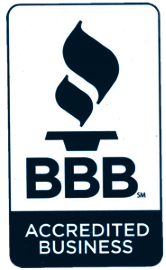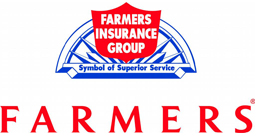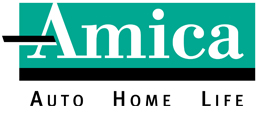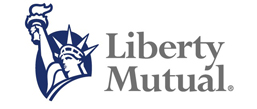Atlas Chalet
If your home was constructed between 1998 and 2008, there is a strong possibility that you have the Atlas Chalet or Certainteed Horizon shingle on your roof. Because of their aesthetic properties and low cost, both Atlas Chalet and Certainteed Horizon shingles were a popular choice for home builders during the residential building boom. These shingles were not true “architectural shingles,” but instead achieved a similar appearance by using both a varying color pallet and thickness to create a shadow line. The result was a low grade product that provided the curb-appeal of an expensive architectural shingle at the reduced cost of a 3-tab shingle.
Due to their low quality, many problems quickly became apparent after the installation of Atlas Chalet and Certainteed Horizon shingles. Within a year, they began to blister and crack, causing premature granule loss which resulted in a high susceptibility to wind damage. This wind damage signaled the impending failure of the roofing system and caused both Atlas and Certainteed to discontinue these products. It also left a large financial burden on the shoulders of the homeowner. Please visit www.ReplaceTheChalet.com to learn more.
Potential Solutions Include:
- CLASS ACTION LAWSUIT - there are law firms that have pursued Atlas and Certainteed through class action lawsuits. Unfortunately, these proceedings will likely last for years and if a settlement is met, your small portion will in no way be enough to cover the bill for a new roof.
- HOLD YOUR BUILDER ACCOUNTABLE - when a builder provides a warranty, it is generally effective for between 2 and 5 years. But, unless you can prove that there was improper installation, the builder will not be held liable. Furthermore, most home builders went bankrupt during the financial crisis of 2008.
- HOLD THE MANUFACTURER ACCOUNTABLE - both Atlas and Certainteed provided a 30 year limited manufacturer warranty with their products. However, in order to qualify for the warranty, your roof must have been installed to the manufacturers specifications and must be up to code. Otherwise, the warranty is void. Unfortunately, most roofing systems installed by home builders during the housing boom were not installed to manufacturer specifications.
- INSURANCE - due to their construction, these shingles are highly susceptible to wind damage. There also exist no suitable repair materials due to the discontinuation of these products. Because of this, your insurance company will likely award a full roof replacement in the event of wind and storm damage. Unfortunately, a few insurance companies have already begun classifying these roofs as ‘non-insurable.’ These companies have informed their policy holders that they themselves are individually responsible for paying for a new roof that can then be insured. It is only a matter of time until every insurance company follows this example.

 Phone: 1-855-744-6468
Phone: 1-855-744-6468










